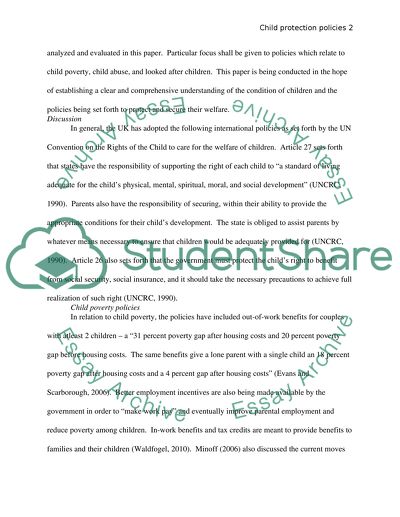Cite this document
(“Contemporary Social Policy for Young Children in the UK Research Paper”, n.d.)
Contemporary Social Policy for Young Children in the UK Research Paper. Retrieved from https://studentshare.org/social-science/1412146-essay-title-analyse-and-evaluate-contemporary
Contemporary Social Policy for Young Children in the UK Research Paper. Retrieved from https://studentshare.org/social-science/1412146-essay-title-analyse-and-evaluate-contemporary
(Contemporary Social Policy for Young Children in the UK Research Paper)
Contemporary Social Policy for Young Children in the UK Research Paper. https://studentshare.org/social-science/1412146-essay-title-analyse-and-evaluate-contemporary.
Contemporary Social Policy for Young Children in the UK Research Paper. https://studentshare.org/social-science/1412146-essay-title-analyse-and-evaluate-contemporary.
“Contemporary Social Policy for Young Children in the UK Research Paper”, n.d. https://studentshare.org/social-science/1412146-essay-title-analyse-and-evaluate-contemporary.


